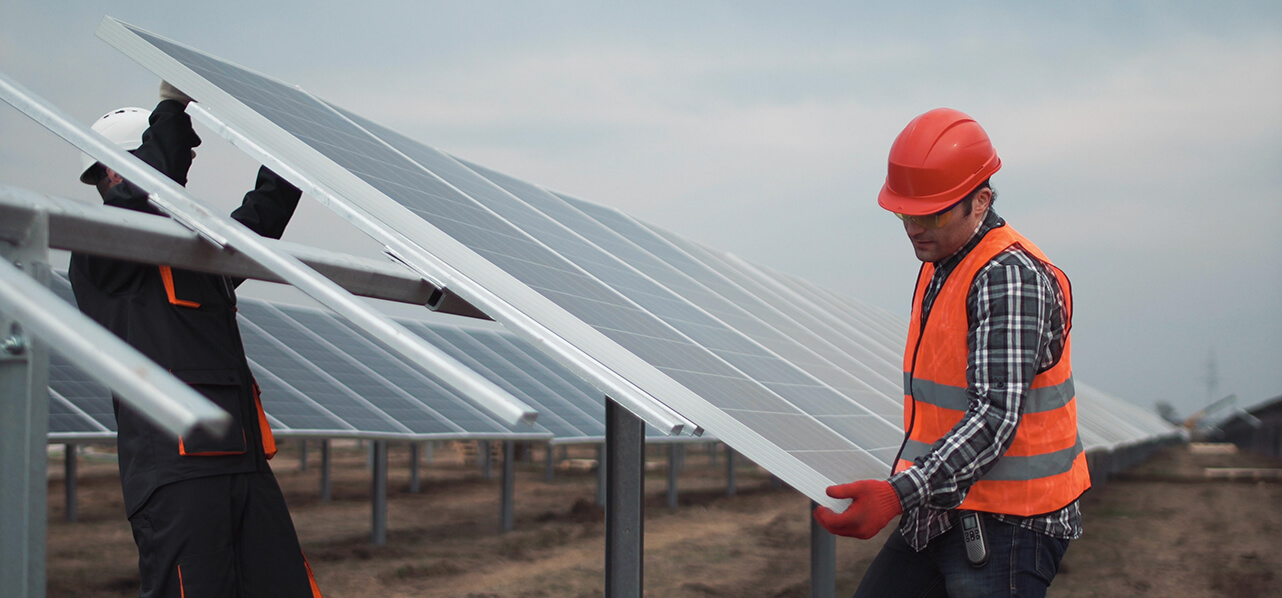The Green Bond Principles (“GBPs”) were introduced in 2014 and were subsequently followed by the Green Loan Principles (“GLPs”) in 2018. Both the GBPs and GLPs provide recognised market standards and share the aim of facilitating and supporting environmentally sustainable economic activity. While the introduction of these principles was undoubtedly a positive first step, arising out of the ‘use of proceeds’ requirement in which loan proceeds have to be used for specific sustainable projects, they have not been inclusive enough to attract the wider green market. With OECD estimates of US$6.9tn a year being required in order to meet 2030 climate and development objectives under the Paris Agreement, there is a need for extending ways to provide green finance. Enter the Sustainability Linked Loan Principles (“SLLPs”).
Corporates, not Projects
Those who work in project finance, particularly in renewable energy, have long viewed the four core components of the GLPs as standard terms of project finance facility agreements. The four core components are: (1) a green use of proceeds; (2) communicating the sustainability objectives and the selection of green projects to its lender(s); (3) management of proceeds in dedicated accounts and (4) detailed reporting requirements to its lender(s).
While many renewable energy projects satisfy the criteria of the GLPs, the GBPs and GLPs do not actually focus on the project financing market, but have been designed to boost, stimulate and provide a framework for, the corporate lending market.
The principles are undoubtedly growing in significance in the corporate market, with the aggregate volume of green loans increasing by 20% and 23% from 2016 to 2017 and 2017 to 2018 respectively.



